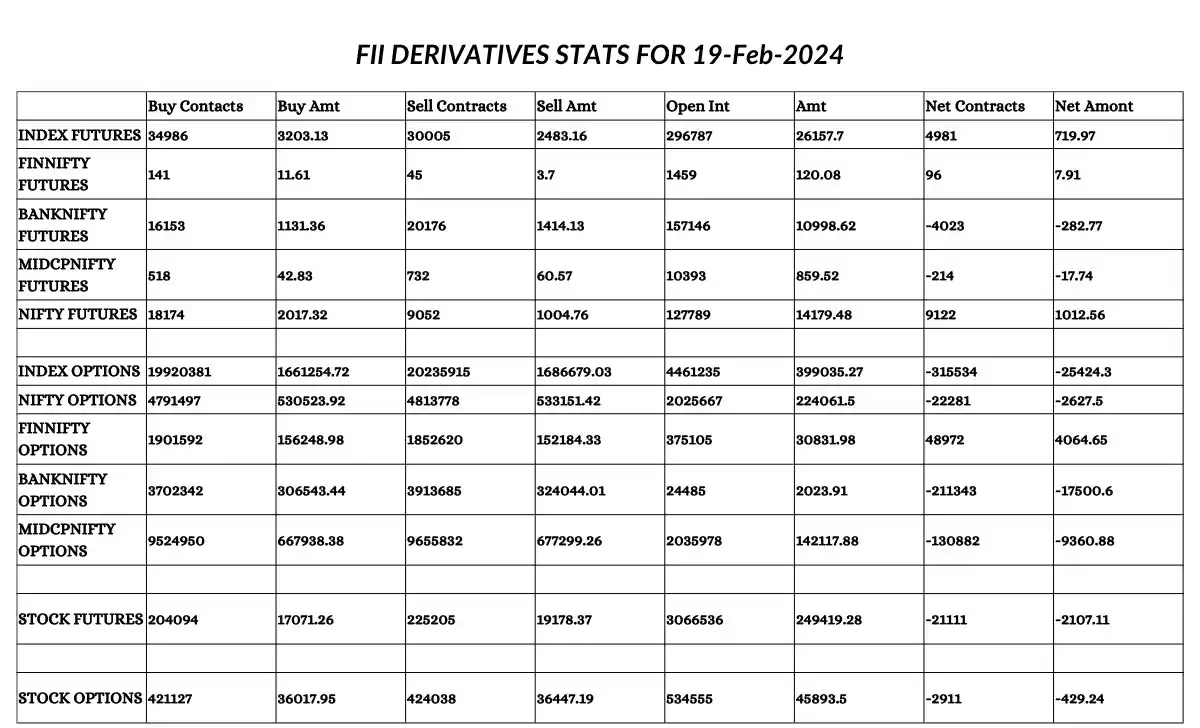Exploring Market Trends and Investment Strategies with Samir Arora | Insights and Analysis
Discover expert insights into market trends and investment strategies with Samir Arora. Gain valuable analysis and perspectives on navigating today’s dynamic financial landscape.
Outlook on Market Trends
Samir Arora, the founder of Helios Capital, shares insights into the current market trends and his approach to navigating them. With record highs being hit consistently on D Street, Arora emphasizes the importance of identifying value within the market dynamics. He highlights the significance of sorting through various sectors, both for long and short positions, to beat the index.
The significance of sorting through various sectors lies in the ability to identify opportunities and manage risks effectively within the market. By analyzing different sectors, investors can uncover undervalued assets, mitigate concentration risk, and capitalize on emerging trends. This approach allows for diversification of investments, optimizing portfolio performance, and ultimately achieving long-term financial goals.
Evaluating Paytm Crisis
Samir Arora delves into the recent Paytm crisis, providing an overview of his investment stance on the company. Having purchased Paytm shares at 520 rupees approximately a year and a half ago, he discusses the impact of recent events on the business. Arora’s strategy involves assessing the significance of these developments, considering them to affect only a portion of Paytm’s business in the short term.
Insights on Banking Sector
The conversation shifts to private banking names, particularly focusing on HDFC Bank, Kotak, and ICICI Bank. Arora reveals that these banks are among their top three holdings, with HDFC Bank being the primary one. He elaborates on the recent management commentary and emphasizes the importance of focusing on bottom-line strategies in the banking sector.
In the context of stock selection, “bottom-line strategies” refer to the evaluation of a company’s financial performance based on its net income or bottom-line profitability. Investors analyze factors such as earnings per share (EPS), net profit margins, and return on equity (ROE) to assess the company’s ability to generate profits after accounting for all expenses and taxes. Bottom-line strategies in stock selection involve prioritizing companies with strong and consistent earnings growth, healthy profit margins, and efficient cost management practices. This approach aims to identify stocks with robust fundamentals and the potential for long-term value appreciation in the market.
PSU Stocks Performance
Discussing the performance of PSU stocks, Samir Arora provides a comprehensive view. He mentions several PSU names like SBI Canara Bank BEL etc. within their portfolio, highlighting their favorable valuation and dividend-paying potential. Arora remains optimistic about the privatization attempts and the government’s approach toward maintaining stability in the sector.
Pharma Sector Dynamics
Arora reflects on the Pharma sector, acknowledging potential missed opportunities in their portfolio. He attributes this to the complexity of portfolio management, where balancing investments becomes challenging. Despite feeling the need to increase exposure to Pharma, Arora outlines the intricacies involved in portfolio adjustments.
Navigating Market Trends
Samir Arora underscores the significance of megatrends shaping the market, particularly India’s growing prominence on the global stage. He discusses the influx of investment into India, driven by its increasing visibility and attractiveness to investors worldwide. Arora also touches upon the importance of reacting swiftly to unforeseen global events, citing recent geopolitical tensions as examples.
Also Read: Vikash Kumar Jain of CLSA: Worrying About Markets
Consumer Sector Assessment
In evaluating the consumer sector, Arora shares his cautious approach. While acknowledging the sector’s historical performance, he raises concerns about inflated valuations compared to growth rates. Arora emphasizes the need for sustained high growth to justify premium valuations, highlighting specific companies like Mar and Von Beverages as examples of favorable growth prospects.
“Inflated valuations compared to growth rates” refers to situations where the market price of a stock or asset is perceived to be disproportionately high relative to its underlying growth prospects. This occurs when investors bid up the price of a security beyond its intrinsic value, often driven by speculation or excessive optimism about future earnings or revenue growth. When valuations become inflated relative to actual growth rates, it may indicate an increased risk of a market correction or potential overvaluation. Investors typically scrutinize these discrepancies to make informed decisions about buying, selling, or holding assets in their portfolios.
Managing Market Risks
Addressing potential market risks, Arora adopts a pragmatic approach. He acknowledges the unpredictability of global events but emphasizes the importance of swift reactions over preemptive measures. Arora discusses their strategy of adjusting cash positions based on market conditions, focusing on adaptability rather than speculation.
Approach to the Metals Sector
Arora provides insights into their approach to the metals sector, highlighting their historical reluctance to invest in it extensively. Despite acknowledging occasional investments, he maintains a cautious stance due to the sector’s inherent volatility and complexity.
In summary, Samir Arora‘s perspectives offer valuable insights into navigating the dynamic landscape of the financial markets, emphasizing adaptability, value assessment, and swift reactions to market developments.
Disclaimer: The investment recommendations discussed in this article are based on Samir Arora, the founder of Helios Capital Insights, and readers are encouraged to conduct their due diligence before making any investment decisions.









